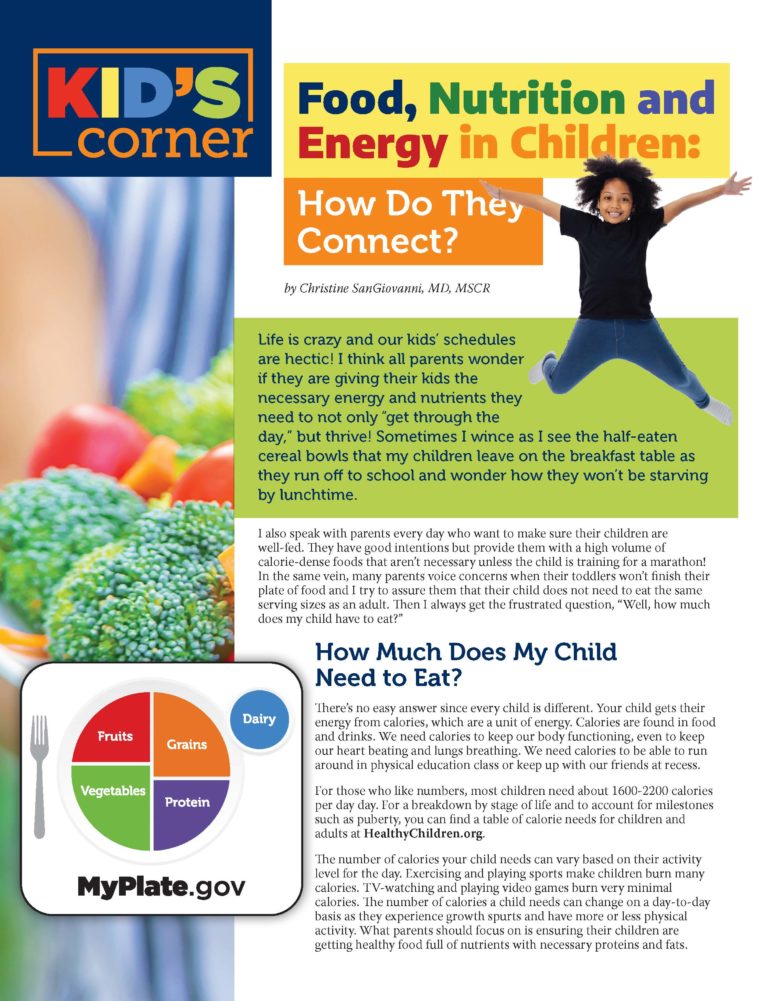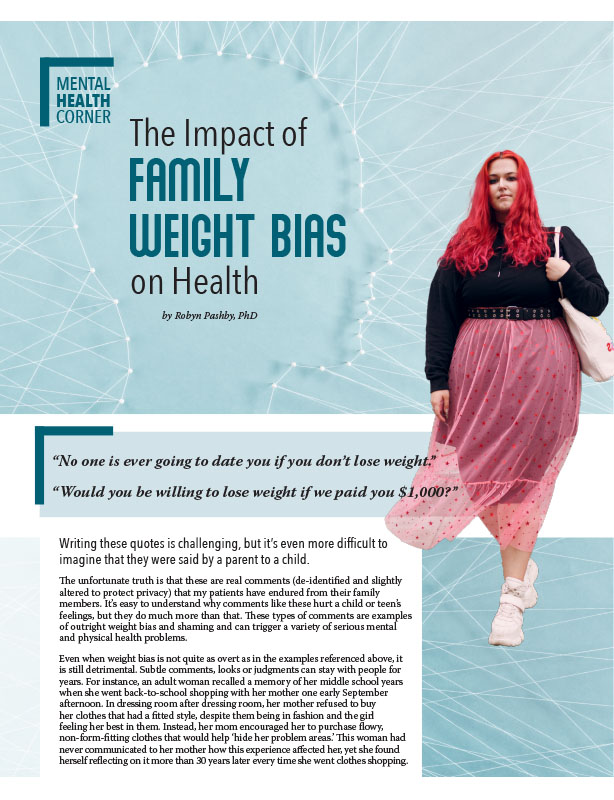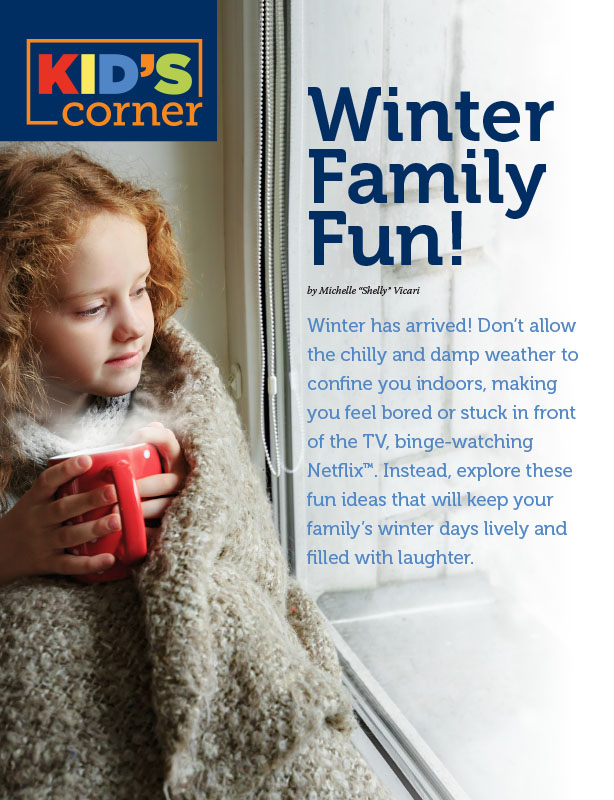Kid’s Corner: Food, Nutrition and Energy in Children


How Do They Connect?
by Christine SanGiovanni, MD, MSCR
Life is crazy and our kids’ schedules are hectic! I think all parents wonder if they are giving their kids the necessary energy and nutrients they need to not only “get through the day,” but thrive! Sometimes I wince as I see the half-eaten cereal bowls that my children leave on the breakfast table as they run off to school and wonder how they won’t be starving by lunchtime.
I also speak with parents every day who want to make sure their children are well-fed. They have good intentions but provide them with a high volume of calorie-dense foods that aren’t necessary unless the child is training for a marathon! In the same vein, many parents voice concerns when their toddlers won’t finish their plate of food and I try to assure them that their child does not need to eat the same serving sizes as an adult. Then I always get the frustrated question, “Well, how much does my child have to eat?”
How Much Does My Child Need to Eat?
There’s no easy answer since every child is different. Your child gets their energy from calories, which are a unit of energy. Calories are found in food and drinks. We need calories to keep our body functioning, even to keep our heart beating and lungs breathing. We need calories to be able to run around in physical education class or keep up with our friends at recess.
For those who like numbers, most children need about 1600-2200 calories per day day. For a breakdown by stage of life and to account for milestones such as puberty, you can find a table of calorie needs for children and adults at HealthyChildren.org.
The number of calories your child needs can vary based on their activity level for the day. Exercising and playing sports make children burn many calories. TV-watching and playing video games burn very minimal calories. The number of calories a child needs can change on a day-to-day basis as they experience growth spurts and have more or less physical activity. What parents should focus on is ensuring their children are getting healthy food full of nutrients with necessary proteins and fats.
What Kinds of Food Should My Child Eat?
We don’t want children to fill up on high-calorie foods with little nutrition, such as soda, candy and cookies. These foods have many calories but not many healthy nutrients. Children can sometimes fill up on soda or juice and not be hungry for other options. Oftentimes, children consume so many of these empty calories and then don’t burn as many calories as they consume. As a result, these calories get stored as fat.
Parents can use My Plate (MyPlate.gov) as a guide to make half of their child’s plate fruits and vegetables. Usually, fruit is easier for our kids to like. Berries provide fiber and cancer-protecting nutrients, citrus offers vitamin C, and bananas have an incredible amount of potassium that helps maintain the body’s nervous and muscular systems. Avocados have healthy monounsaturated fats which decrease inflammation and keep our cholesterol healthy.
Moving to veggies, keep in mind that any vegetable your child eats is a good vegetable. Keep offering different options and encouraging them to try different vegetables. Every vegetable offers fantastic nutrients. For example:
- Kale and spinach are rich in vitamin K
- Carrots and tomatoes are high in vitamin A
- Peppers are a great source of vitamin C
- Broccoli, cabbage and cauliflower protect against cancer
What else should be on your child’s plate? Aim to fill a quarter of the plate with whole grains and another quarter with protein. The following foods make great sources of energy.
Whole Grains:
Whole-grains such as oatmeal, whole-wheat bread, whole-wheat pasta and brown rice are crucial to incorporate into your child’s diet. Grains contain fiber which benefits the digestive system and keeps kids regular. They also keep kids full! Typical snacks that children eat only have one to three grams of fiber per serving. However, kids need about 25 grams of fiber every day. Whole grains can provide a large portion of their daily fiber intake.
Protein:
Eggs are an excellent source of protein, vitamin D, vitamin B12 and iron. Hardboiled eggs are great to eat on the run and you can draw faces on them to make them appealing to your children. Scrambled eggs and cheese also make an easy, kid-friendly meal.
Nuts are a great source of protein, fiber and healthy fats. Encourage children to top their yogurt with sliced walnuts or almonds.
Fish offers protein as well as essential fatty acids. Omega 3 fatty acids found in fish like wild salmon increase focus and concentration. Since it can be hard to get your children to eat fish, perhaps try it in a salad mixed with some celery and mayonnaise on whole-wheat bread.
Dairy Products:
Dairy products provide calcium as well as protein. Low-fat dairy products are generally the healthiest. Children can drink whole milk from one to two years old, but afterward they should switch to low-fat. Word to the wise: milk can become a favorite drink for kids and they can risk drinking too much. If kids drink too much milk, they won’t eat the variety of foods we offer. Toddlers and children should drink no more than 32 oz. of milk per day as it can lead to iron deficiency and replace important nutrients.
Cheeses and yogurt are great sources of both protein and calcium to help with growing bones. Try to choose mostly low-fat or part skim options. Greek yogurt is packed with protein, but you should be cautious about varieties with added sugar. For extra flavor, top your yogurt with berries or nuts. You can also throw it in a blender with berries and a banana for a healthy and delicious smoothie.
Keep Your Children Happy, Healthy and Hydrated!
I would be remiss if I didn’t mention how important it is to keep our children hydrated and encourage them to drink water! If children are dehydrated, they have difficulty focusing on tasks and have no energy. Keep a bottle of water nearby for your child throughout the day and encourage them to keep taking sips. You can put in cucumber, lemon or strawberries for flavoring. You can also entice them to drink more water by buying them a special water bottle or letting them decorate their own.
Conclusion
Balancing your child’s nutrients and food intake is key to keeping them happy and healthy. Each child is different, so make sure they are listening to their bodies and you are listening to them, too, when figuring out what they should eat and how much.
About the Author:
Christine SanGiovanni, MD, MSCR, is an assistant professor in the department of pediatrics at the Medical University of South Carolina (MUSC). She is the Medical Director for the pediatric weight management program at MUSC.
by Sarah Muntel, RD Spring 2024 Spring has sprung, bringing sunnier and warmer days! For many, this…
Read Articleby Robyn Pashby, PhD Winter 2024 “No one is ever going to date you if you don’t…
Read Articleby Michelle “Shelly” Vicari Winter 2024 Winter has arrived! Don’t allow the chilly and damp weather to…
Read Article









